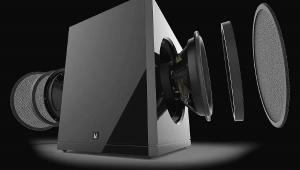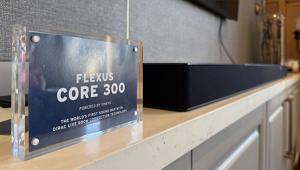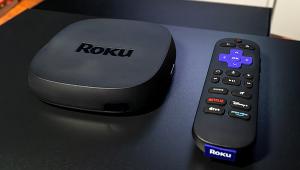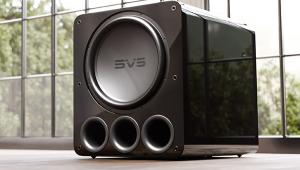Pioneering
With five plants in Japan capable of turning out 1.1 million plasma panels a year, Pioneer is already a major player in that market. Its Pomona, California, assembly plant is expected to use up to 180,000 of these panels in the displays assembled there for the North American market in 2006, up from 50,000 in 2005. While Panasonic still dominates the overall plasma display business, its share is heavily weighted toward EDTV (480p); according to Pioneer, they and Sony are now ahead in the growing market for HDTV plasmas.
In September, Pioneer will launch their sixth-generation plasma displays—known as 6G in techspeak. While the 6G developments will be included in most of the Pioneer line, a few displays will continue to use older panel technology. Buyers looking for Pioneer's best should check carefully.
The 6G displays promise much better blacks (claimed to be 1/3 the levels of Pioneer's current sets), increased light output, improved color, lower energy consumption, and other benefits. A new method of driving the pixels is also said to pave the way toward future 1080p plasmas from Pioneer, though none of these upcoming models are 1080p.
The quality of the new plasmas, as shown on the 6G top-of-the-line Pioneer Elite PRO-1130HD, was clearly evident in several impressive demonstrations. The blacks appeared to be dramatically darker than those of the PRO-1120HD I recently reviewed.
The new models will also be considerably cheaper. That 50-inch (diagonal) PRO-1130HD, the 6G flagship, will list for $6500. The smaller, 42-inch PRO-930HD will be priced at $5000. Most of the other models will be priced somewhat lower than that, except the $10,000 PDP-6100HD, a 61-inch design that uses older panel technology.
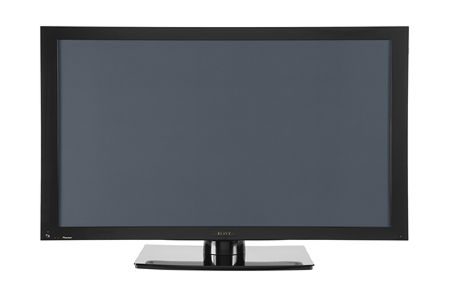
On the audio side, Pioneer's current flagship receiver, the VSX-59TXi, remains in the line and will not be replaced until early in 2006. But two new, lower-priced 7.1-channel Elite AV receivers, the VSX-74TXVi ($1500, 140Wpc x 7) and the VSX-72TXV ($1200, 130Wpc x 7), both available by August, appear to offer a lot for the money: six memories for Pioneer's MCACC (room correction) system, multichannel analog audio bypass, XM satellite radio tuner (which requires a $50 XM antenna to operate), and multichannel audio (Dolby Digital, DTS, DVD-Audio, not SACD) with video through the HDMI connection. In addition, the VSX-74TXVi includes an iLink (IEEE 1394) input for DVD-Audio and SACD digital signals from an iLink-equipped player, and it has an extra digital audio output, a USB port, and XM capability for zone 2.

Perhaps most exciting of all at these price points, they also include not only component video switching, but also 2-in, 1-out HDMI switching and conversion of all analog video inputs (composite, S-video, and component video) to HDMI. Judging from this line show and others we've covered this spring, it's going to be an interesting fall.
- Log in or register to post comments


























